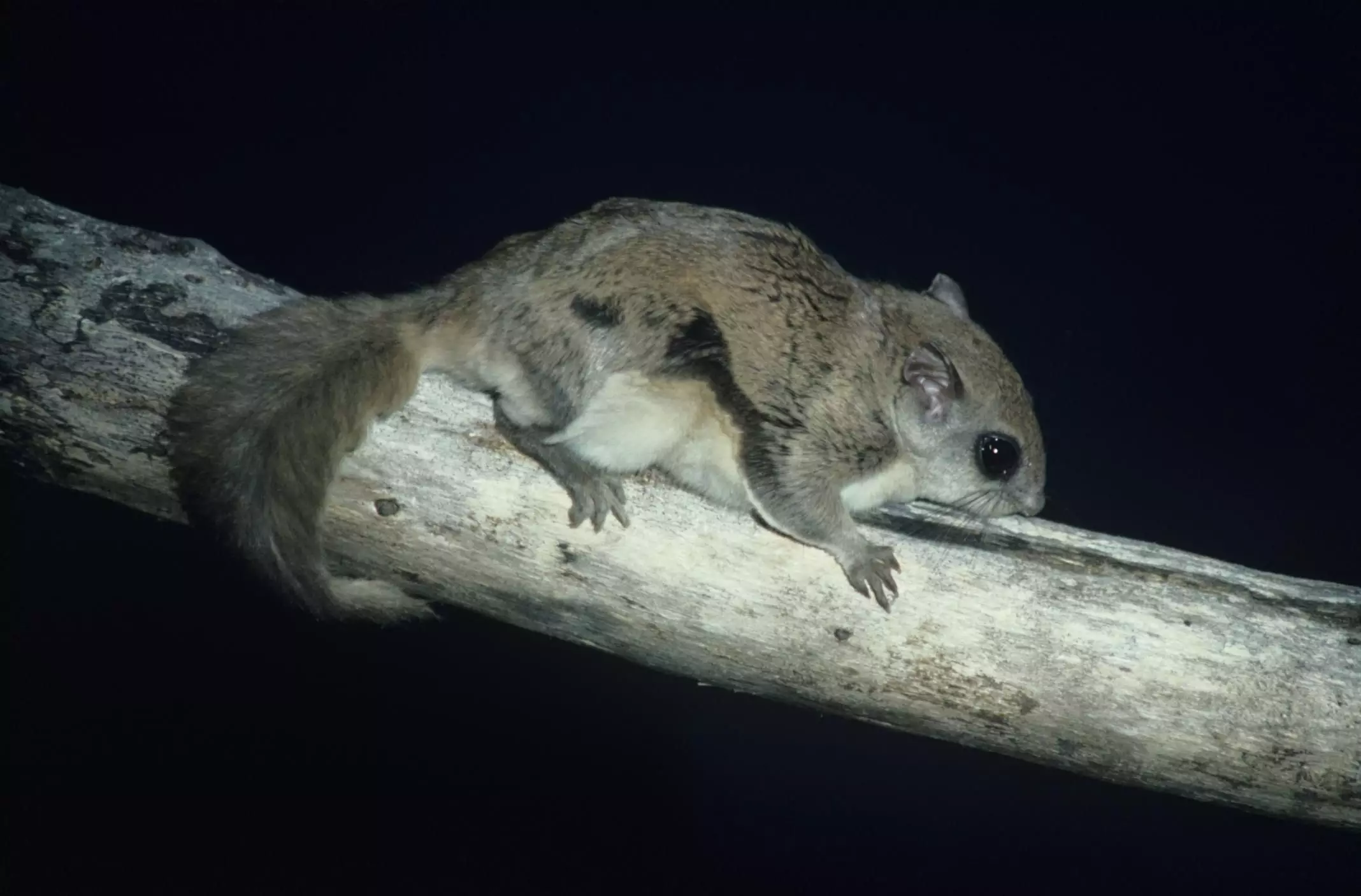Southern flying squirrels, scientifically known as *Glaucomys volans*, captivate many animal lovers with their charm and unique behavior. While they may seem like adorable pet rodents, potential owners must be aware of the responsibilities and considerations involved in keeping one of these nocturnal creatures. This article explores the characteristics of southern flying squirrels, their care requirements, the importance of ethical ownership, and the unique bond that can develop between them and their human companions.
The southern flying squirrel is the smallest species among tree squirrels, with adults typically measuring between 8 to 10 inches in length, including their long, bushy tails. Weighing merely 2 to 4 ounces, these creatures boast a lifespan of around 10 to 15 years in captivity. One of their most endearing features is their large, round eyes, perfectly adapted for their primarily nocturnal lifestyle. In the wild, they enjoy gliding gracefully between trees using a membrane of skin stretching from their wrists to ankles—much like a parachute, which not only serves them during their nightly excursions but adds to their whimsical charm.
Before diving into pet ownership, it’s crucial to verify the legality of owning a southern flying squirrel in your state or region. Laws regarding exotic pet ownership can vary, so thorough research is essential to avoid potential issues down the line. In some places, it may be a requirement to obtain special permits to authorize ownership. Given the potential legal repercussions, understanding your local regulations is a critical first step in the journey of acquiring a southern flying squirrel.
Moreover, ethically sourcing your pet is vital. It’s best to adopt from reputable breeders who prioritize the health and well-being of their animals. Owners must also be prepared in terms of both time and finances. Southern flying squirrels require a significant commitment, including regular interaction and environmental enrichment, to thrive mentally and physically. Furthermore, it’s essential to consider if other pets in your household could pose a danger—these tiny mammals can be fearful and are particularly vulnerable to predatory pets like cats.
For those who commit to raising their southern flying squirrels from a young age, a profound bond often develops. They are uniquely social creatures that enjoy spending time with their owners and will typically seek out safe places within clothing, such as pockets or pouches—a behavioral trait that deepens their connection. Consider investing in bonding pouches, which are not only useful for transport but also enhance interactions between the pet and owner, making the bonds even stronger.
While southern flying squirrels are generally affectionate, they can be skittish. Proper handling requires patience and a gentle approach, particularly if the animals are not accustomed to close human interaction. Observing their body language and responding to their comfort levels is crucial—fearful squirrels may bite if they feel threatened, underscoring the importance of gradual acclimatization to human contact.
Setting up an appropriate environment for your southern flying squirrel is another important consideration. They thrive in housing that allows for climbing and exploring—vertical space is more beneficial than horizontal. A cage specifically designed for sugar gliders can be an ideal alternative, provided the mesh spacing is secure to prevent escapes. Owners might have success with custom-built cages but should ensure the materials are safe and sturdy.
Additionally, enriching their habitat with branches, ropes for climbing, and exercise wheels will keep them active and mentally stimulated. Providing natural nesting materials is essential, as these animals like to burrow and create cozy spaces in which to feel secure.
A balanced diet is vital for the well-being of southern flying squirrels. These rodents are omnivorous and thrive on a mixed diet that includes nuts, seeds, fruits, and even insects. In captivity, pet owners should aim to offer a variety of treats while being cautious of portions and nutritional balance. It’s important to also supplement their diet with calcium and vitamin D3, as they can be prone to deficiencies that could lead to health problems.
If you’re adopting a baby squirrel, be prepared to provide milk replacement formula for a period until they are weaned. Importantly, establish a regular feeding schedule that mimics their natural foraging habits to keep them engaged and healthy.
While southern flying squirrels do not require routine vaccinations, regular health monitoring is essential. It’s wise to establish a relationship with an exotic veterinarian who can provide guidance and care when needed. Identifying any signs of health issues early, such as changes in grooming habits or eating patterns, can contribute to a long, healthy life for your pet.
Ultimately, caring for a southern flying squirrel can be a delightful and rewarding experience, but it comes with its set of challenges and responsibilities. Proper preparation, deep commitment, and a willingness to learn are key in ensuring a fulfilling partnership with these enchanting little creatures.
By understanding their needs and nuances, you’ll not only enrich your pet’s life but also create cherished memories along the way.

